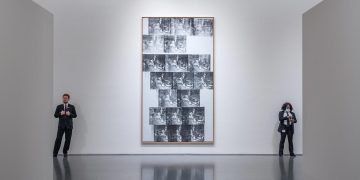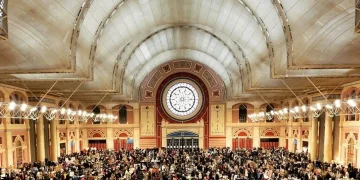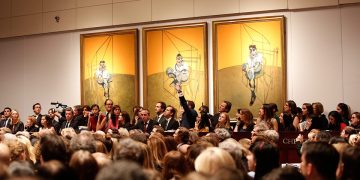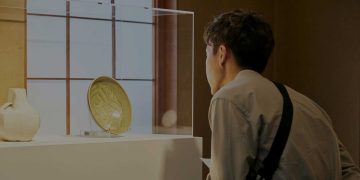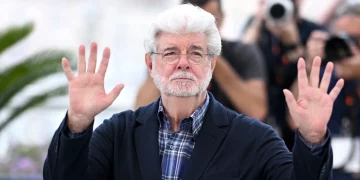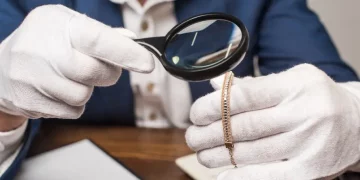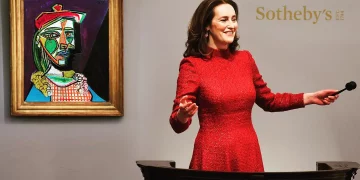Exhibitions have long been a crucial vehicle for sharing and preserving ancient artifacts, but in recent years, they have played an even more significant role in sparking renewed interest in these relics from our past. As the world of archaeology continues to reveal new discoveries and advances in technology, exhibitions are adapting and evolving, offering visitors a chance to engage with history in exciting new ways. These exhibitions don’t just display artifacts—they tell stories, inspire wonder, and help preserve cultural heritage for future generations.
Upcoming Exhibitions Featuring Ancient Artifacts
There is a growing trend in the exhibition world to bring the wonders of ancient civilizations to modern audiences. Major museums and galleries around the world are showcasing artifacts that shed light on the lives and cultures of our distant ancestors. These exhibitions go beyond simply displaying items; they immerse visitors in the worlds of the past, offering a glimpse into the lives of people who lived thousands of years ago.
One example of an exciting upcoming exhibition is “Egypt: The Time of the Pharaohs” at the British Museum in London. This major exhibition will feature over 150 ancient Egyptian objects, including monumental statues, intricate jewelry, and mummies. The exhibition is designed to highlight the incredible achievements of Egyptian civilization, showcasing everything from everyday life to the grand monuments of the pharaohs. Through the use of multimedia presentations and immersive technology, visitors will be able to experience the richness of ancient Egypt in new and engaging ways.
Another notable exhibition is the “Treasures of the Silk Road” at the National Museum of China in Beijing. This exhibition will focus on artifacts recovered from the ancient trade routes that connected China to the Mediterranean world. From the 2nd century BCE to the 14th century CE, the Silk Road facilitated the exchange of goods, ideas, and culture. The exhibition will feature items such as intricate textiles, Buddhist sculptures, and ancient manuscripts, illustrating the dynamic cultural exchange that took place over centuries.
The Louvre Museum in Paris also plans to host a special exhibition dedicated to the ancient civilizations of Mesopotamia. The exhibition will showcase rare artifacts from the Sumerian, Akkadian, Babylonian, and Assyrian periods, shedding light on the development of early urban societies, writing systems, and religious practices. These exhibitions are not just about ancient artifacts; they are about bringing the stories of ancient civilizations to life, offering a window into how these societies functioned and what they valued.

Latest News and Discoveries in Archaeology
Archaeology is a field that continually evolves as new technologies and methods allow researchers to uncover more of the past. Many of these discoveries find their way into exhibitions, providing fresh insights into ancient civilizations. The stories behind these finds are often captivating, offering glimpses into ancient cultures and their ways of life.
One of the most significant recent discoveries in archaeology was the uncovering of the tomb of an ancient Egyptian priestess, Meresamun, at the Egyptian Museum in Cairo. The priestess lived around 2,700 years ago during the 26th dynasty, and her tomb was found to contain intricate artifacts, including statues, pottery, and a beautifully preserved mummy. The discovery provides valuable information about religious practices during this period and offers insights into the lives of women in ancient Egypt.
In Greece, a team of archaeologists made headlines with the discovery of a well-preserved ancient mosaic in the town of Dion. The mosaic, dating back to the 4th century BCE, depicts a scene of Achilles and his horses, and it was uncovered in an ancient Roman villa. This find is particularly important because it provides further evidence of the cultural exchange between the Greek and Roman worlds, offering new insights into how art was used to convey stories and ideals during antiquity.
In the Americas, archaeologists have also made groundbreaking discoveries. For example, the discovery of the 2,500-year-old “Lady of Cao” in Peru has provided new insights into the ancient Moche civilization. The tomb of this high-ranking woman was filled with elaborate jewelry, textiles, and other items that show the complexity of Moche society and its burial practices. The discovery has led to the reevaluation of the role of women in ancient cultures and has sparked interest in the rich history of pre-Columbian civilizations.
Technological advancements, such as ground-penetrating radar and drones, have allowed archaeologists to make incredible strides in uncovering buried sites. In the Yucatán Peninsula of Mexico, researchers have uncovered an ancient Maya city that had been hidden beneath the jungle for centuries. Using LiDAR technology, they were able to map out thousands of structures, including temples, palaces, and plazas. This discovery has the potential to radically change our understanding of the Maya civilization and its urban planning.
The Role of Exhibitions in Preserving Cultural Heritage
Exhibitions play an integral role in preserving cultural heritage, not just by showcasing artifacts but also by fostering an appreciation for the importance of safeguarding these treasures. Many artifacts in exhibitions have been recovered through careful archaeological excavation, often in partnership with local communities and governments, and are displayed to ensure their protection and to share their significance with the public.
One of the major challenges facing the preservation of ancient artifacts is the threat posed by climate change and looting. Increasingly, archaeological sites are at risk of being damaged by environmental factors, such as rising sea levels and shifting weather patterns. In addition, many ancient sites are being looted by treasure hunters, depriving the world of invaluable pieces of history. Museums and exhibitions are working to address these threats by collaborating with international organizations, governments, and local communities to ensure that artifacts are properly protected and preserved.
Exhibitions also help raise awareness about the importance of cultural heritage and the need for its preservation. Through educational programs, special events, and the presentation of artifacts, museums provide the public with an opportunity to engage with history and learn about the cultural significance of ancient objects. These efforts encourage visitors to recognize the importance of preserving heritage for future generations and understanding the cultural contexts in which these objects were created.
Moreover, the digitalization of museum collections has expanded the reach of exhibitions. Many museums now offer virtual exhibitions, allowing people from around the world to access and experience artifacts that may otherwise be inaccessible. This digital engagement not only broadens access to cultural heritage but also contributes to its preservation by creating virtual records of artifacts that can be studied and analyzed by researchers, even if the physical object is damaged or lost in the future.
Conclusion
Exhibitions featuring ancient artifacts are playing an increasingly vital role in reviving interest in our shared history. By bringing these treasures to life, exhibitions not only showcase the remarkable achievements of ancient civilizations but also tell the stories behind the finds, sparking curiosity and fostering an appreciation for the rich tapestry of human history. With the continued advancements in archaeology and technology, the stories of our ancestors will continue to captivate audiences around the world. Through these exhibitions, ancient artifacts are not just preserved—they are reimagined and given new life, inspiring future generations to explore, learn, and protect the wonders of our past.










